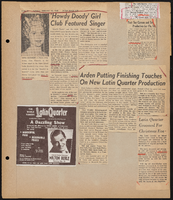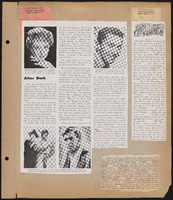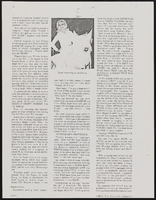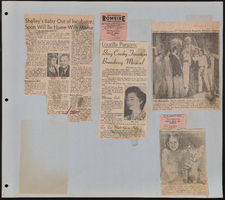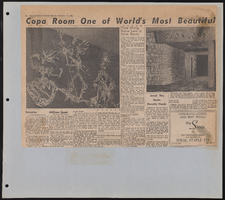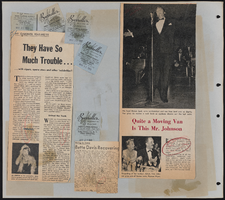Search the Special Collections and Archives Portal
Search Results
Amilcar "Ace" Daniels oral history interviews
Identifier
Abstract
Oral history interviews with Amilcar “Ace” Daniels conducted by Rodrigo Vazquez and Monserrath Hernández on June 15, 2019 and June 22, 2019 for the Latinx Voices of Southern Nevada Oral History Project. In the first interview, Daniels discusses growing up in Las Vegas, Nevada and shares his parents' emigration story from the Dominican Republic to the United States in the early 1980s. He talks about attending the College of Southern Nevada (CSN), the University of Nevada, Reno (UNR), and the University of Nevada, Las Vegas (UNLV). Later, Daniels speaks on his career in hospitality, his passion for live theater, and his advocacy for the performing arts in Las Vegas. He talks about being a minority person in the hospitality industry, the importance of maintaining his cultural identity, and Latino representation in theater. In the second interview, Daniels discusses his involvement with the non-profit arts organization Super Summer Theatre, and participating in the Las Vegas Pride Festival. Lastly, Daniels talks about issues of colorism in the Latinx community.
Archival Collection
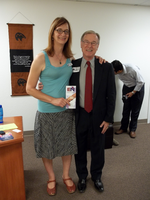
Jane Heenan and David Parks attend the Equality Won! Day celebration at Equality Nevada Community Center, 708 South Sixth Street, Las Vegas, Nevada: digital image
Date
Archival Collection
Description
Image
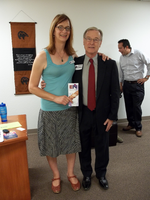
Jane Heenan and David Parks attend the Equality Won! Day celebration at Equality Nevada Community Center, 708 South Sixth Street, Las Vegas, Nevada: digital image
Date
Archival Collection
Description
Image

